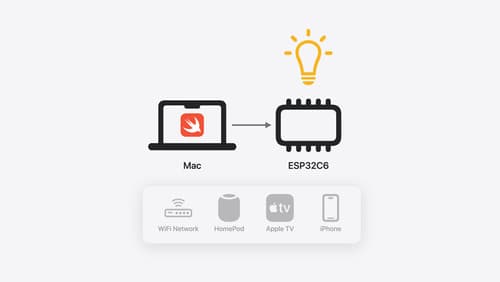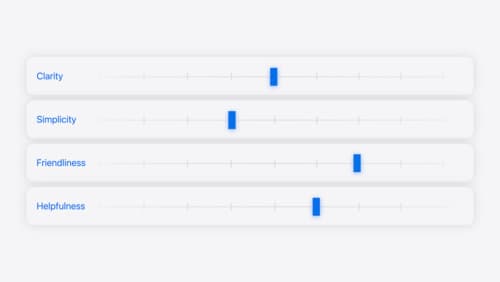How can I build my first iOS app?
Asked on 2024-07-30
1 search
To build your first iOS app, you can follow these steps using Apple's tools and frameworks:
-
Set Up Your Development Environment:
- Install Xcode, which is the integrated development environment (IDE) for macOS that contains everything you need to create apps for Apple platforms.
- Familiarize yourself with Swift, Apple's programming language, and SwiftUI, the framework for building user interfaces.
-
Start a New Project:
- Open Xcode and create a new project. You can start with an empty project or use a template.
- Use Swiftassist, a new feature in Xcode, to help you with coding tasks. Swiftassist can answer coding questions, help with prototyping, and provide code suggestions. For example, you can ask Swiftassist to create a struct for your app's data model and add sample data (Platforms State of the Union).
-
Design Your User Interface:
- Use SwiftUI to design your app's user interface. SwiftUI allows you to rapidly experiment in simulators for Apple devices and get detailed performance insights using instruments (Platforms State of the Union).
- You can add elements like images, buttons, and text fields to your UI. For example, you can use the new Image Playground API to let users add fun avatar pictures to their profiles (Platforms State of the Union).
-
Add Functionality:
- Implement the functionality of your app by writing Swift code. You can use Swiftassist to help you with tasks like adding images or playing sounds when a user interacts with your app (Platforms State of the Union).
-
Test Your App:
- Use Xcode's built-in simulators to test your app on different devices and screen sizes.
- Perform detailed performance analysis using instruments to ensure your app runs smoothly.
-
Distribute Your App:
- Once your app is ready, you can use Xcode Cloud to test and distribute your app to users (Platforms State of the Union).
For a more detailed guide, you can refer to the "Platforms State of the Union" session from WWDC 2024, which covers various tools and features available in Xcode and SwiftUI to help you build your app.

Platforms State of the Union
Discover the newest advancements on Apple platforms.

Go small with Embedded Swift
Embedded Swift brings the safety and expressivity of Swift to constrained environments. Explore how Embedded Swift runs on a variety of microcontrollers through a demonstration using an off-the-shelf Matter device. Learn how the Embedded Swift subset packs the benefits of Swift into a tiny footprint with no runtime, and discover plenty of resources to start your own Embedded Swift adventure.

Add personality to your app through UX writing
Every app has a personality that comes across in what you say — and how you say it. Learn how to define your app’s voice and modulate your tone for every situation, from celebratory notifications to error messages. We’ll help you get specific about your app’s purpose and audience and practice writing in different tones.
